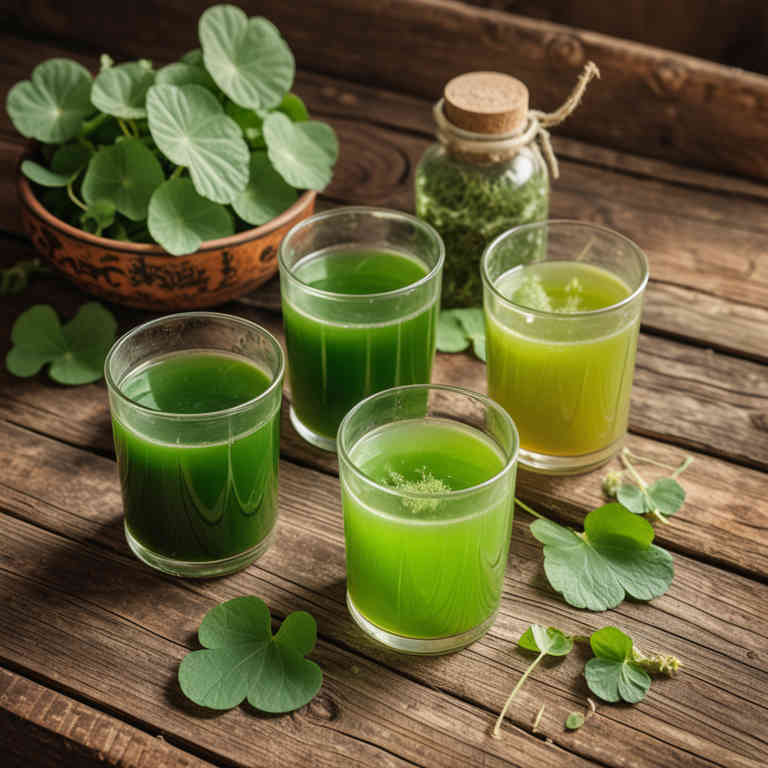10 Best Centella Asiatica Preparations
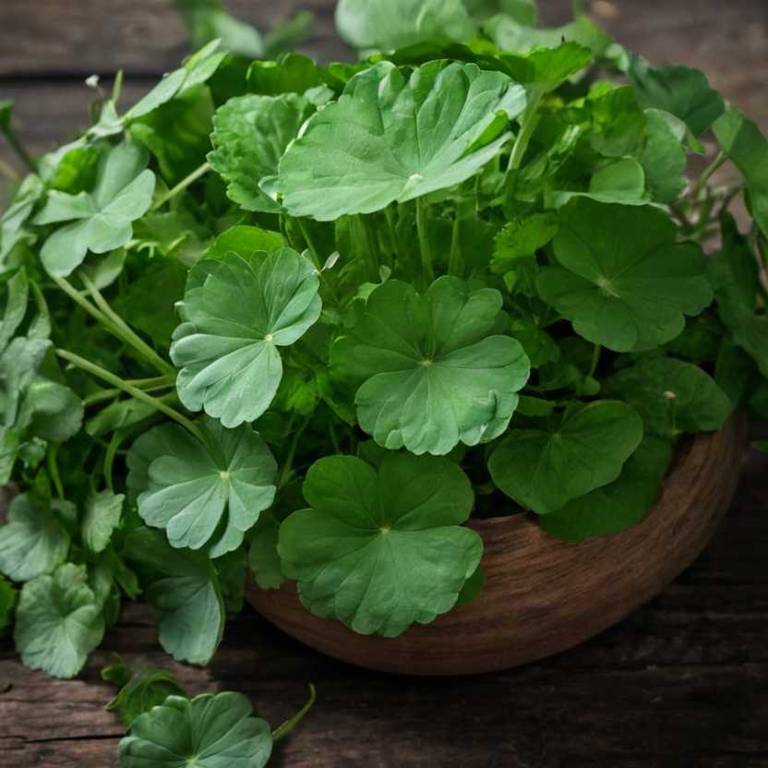
The best medicinal preparations of Centella asiatica are teas, decoctions, tinctures, capsules, and creams, each offering unique benefits for various health conditions.
Teas and decoctions are commonly used to promote skin health and cognitive function, while tinctures provide a concentrated form for faster absorption.
Capsules offer a convenient and standardized dose, making them popular for daily use.
Topical creams derived from the herb are often applied to improve wound healing and reduce inflammation.
These diverse preparations highlight the versatility of Centella asiatica in traditional and modern herbal medicine.
Below there's a list of the 10 best herbal preparations of centella asiatica for medicinal purposes.
- 1. Teas
- 2. Decoctions
- 3. Tinctures
- 4. Capsules
- 5. Creams
- 6. Mucillages
- 7. Oinments
- 8. Oils
- 9. Syrups
- 10. Juices
1. Teas
Centella asiatica teas is commonly used to promote wound healing, enhance cognitive function, and alleviate symptoms of anxiety and stress.
This herbal preparation is often employed to treat ailments such as skin injuries, varicose veins, and circulatory disorders. It is also used in traditional medicine to support liver health and improve digestion. The bioactive constituents responsible for its medicinal properties include triterpenoids like asiatic acid, madecassic acid, and centellic acid, as well as flavonoids and sterols.
These compounds possess anti-inflammatory, antioxidant, and vasoprotective effects, contributing to the plant's wide range of therapeutic applications.
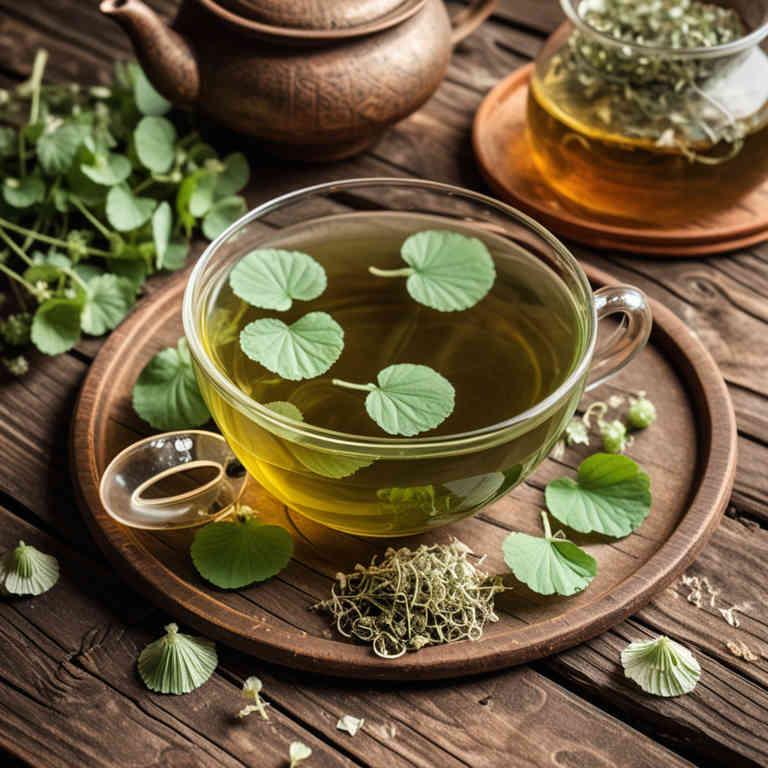
2. Decoctions
Centella asiatica decoctions is commonly used to promote wound healing, enhance cognitive function, and support skin health.
These decoctions are traditionally employed to treat ailments such as ulcers, varicose veins, and anxiety-related conditions. The bioactive constituents responsible for its medicinal properties include asiatic acid, madecassic acid, and triterpenoids, which possess anti-inflammatory, antioxidant, and skin-regenerating effects. Additionally, the presence of flavonoids and alkaloids contributes to its ability to improve circulation and cognitive performance.
This herbal preparation has been widely used in traditional medicine systems like Ayurveda and Chinese medicine for centuries.
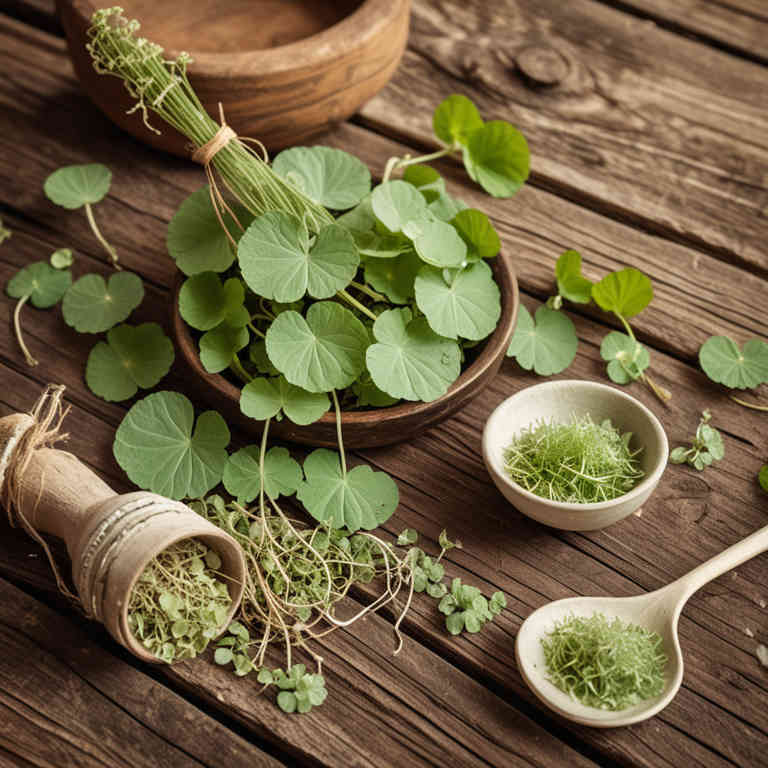
3. Tinctures
Centella asiatica tinctures is commonly used to support wound healing, improve skin health, and enhance cognitive function.
These tinctures are widely utilized to treat ailments such as wounds, ulcers, varicose veins, and cognitive decline. The bioactive constituents responsible for its medicinal properties include triterpenoids like asiatic acid, madecassic acid, and centellide, as well as alkaloids and flavonoids. These compounds possess anti-inflammatory, antioxidant, and vasodilatory effects.
Due to these properties, Centella asiatica tinctures are valued in both traditional and modern medicine for their therapeutic benefits.
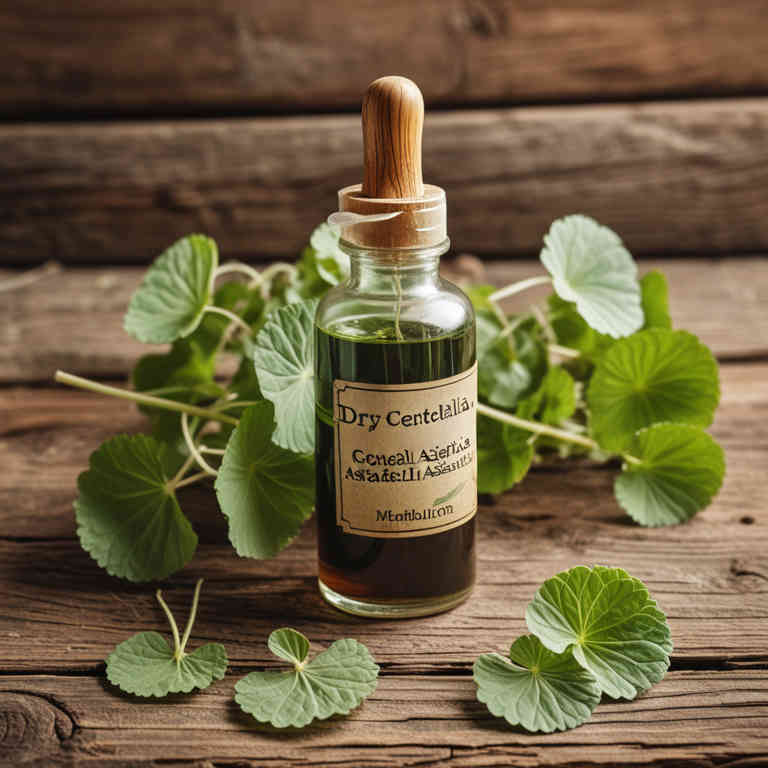
4. Capsules
Centella asiatica capsules is commonly used to promote wound healing, enhance cognitive function, and support skin health.
They are widely used to treat ailments such as ulcers, varicose veins, and skin conditions like eczema and psoriasis. The capsules are also believed to aid in reducing stress and improving mental clarity. The bioactive constituents responsible for these effects include triterpenoids, such as asiatic acid, madecassic acid, and centellic acid, which have anti-inflammatory, antioxidant, and skin-regenerating properties.
Additionally, the herb contains saponins, flavonoids, and other compounds that contribute to its medicinal benefits.
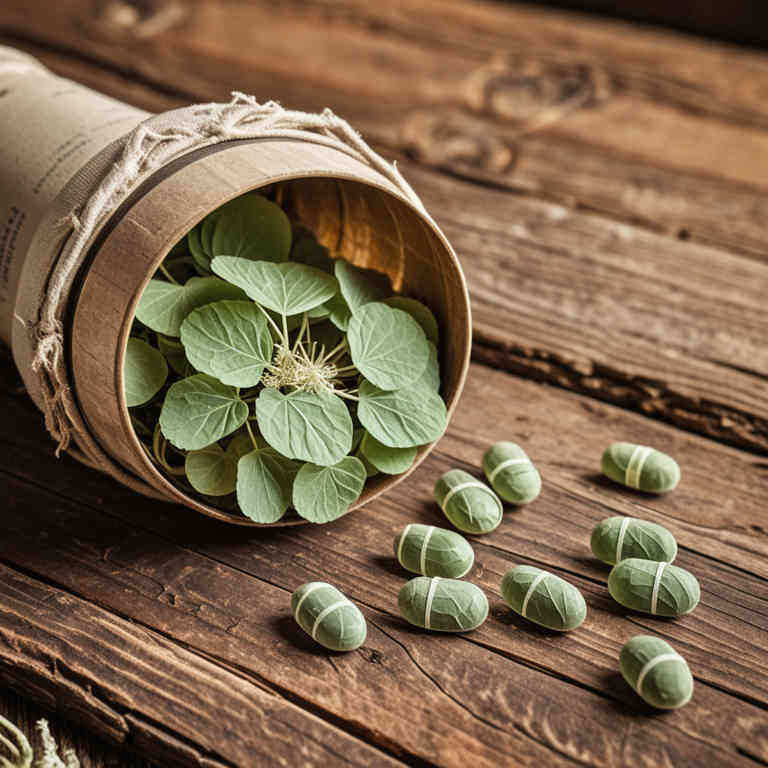
5. Creams
Centella asiatica creams is commonly used to promote wound healing, reduce inflammation, and improve skin texture.
These creams are widely applied for treating ailments such as eczema, psoriasis, and varicose veins. They are also used to enhance skin elasticity and reduce the appearance of scars. The bioactive constituents responsible for these medicinal properties include asiatic acid, madecassic acid, and asiaticoside, which have anti-inflammatory, antioxidant, and cell-regenerative effects.
These compounds work together to stimulate collagen production and accelerate tissue repair.
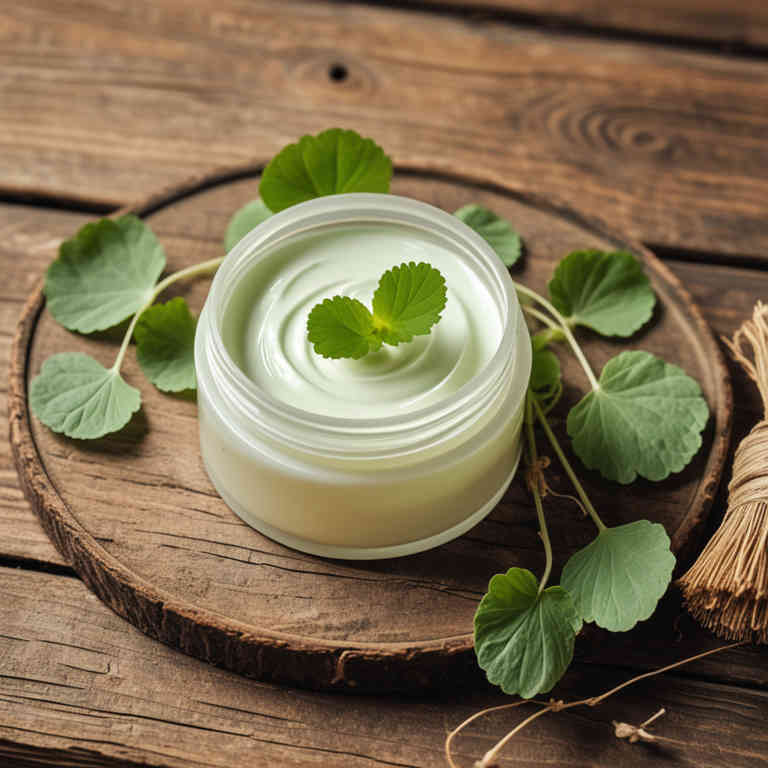
6. Mucillages
Centella asiatica mucillages is commonly used to promote wound healing, enhance cognitive function, and support skin health.
This herbal preparation is widely utilized in traditional medicine to treat ailments such as ulcers, varicose veins, and skin disorders like eczema and psoriasis. It is also believed to aid in the recovery of tissues and improve circulation. The bioactive constituents responsible for its medicinal properties include asiatic acid, madecassic acid, and triterpene saponins, which have anti-inflammatory, antioxidant, and cell-regenerative effects.
These compounds work synergistically to support the body's natural healing processes and enhance overall well-being.
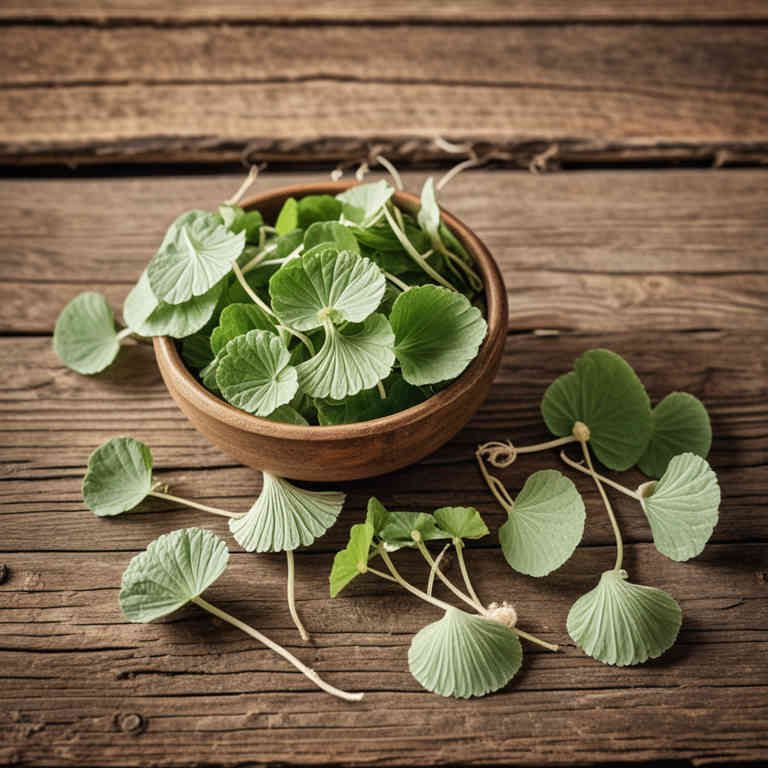
7. Oinments
Centella asiatica oinments is commonly used to promote wound healing, enhance skin regeneration, and alleviate symptoms of various dermatological conditions.
These oinments are frequently applied to treat ulcers, eczema, psoriasis, and other inflammatory skin disorders. The bioactive constituents responsible for its medicinal properties include asiatic acid, madecassic acid, and centella asiatica acid, which possess anti-inflammatory, antioxidant, and wound-healing properties. These compounds stimulate collagen synthesis and improve skin elasticity, aiding in the repair of damaged tissues.
Additionally, the oinment may help reduce swelling and itching associated with skin injuries or chronic conditions.

8. Oils
Centella asiatica oils is commonly used to promote wound healing, enhance skin health, and support cognitive function.
These oils are frequently applied topically to treat conditions such as eczema, psoriasis, and varicose veins, while also being ingested to address anxiety, depression, and memory loss. The medicinal properties of Centella asiatica oils are attributed to bioactive constituents like triterpenoids, particularly asiatic acid, madecassic acid, and their derivatives, which exhibit anti-inflammatory, antioxidant, and neuroprotective effects. Additionally, the presence of flavonoids and sterols contributes to its therapeutic benefits.
This herbal preparation has been traditionally used in Ayurvedic and traditional Chinese medicine for centuries.

9. Syrups
Centella asiatica syrups is commonly used to promote wound healing, enhance skin health, and support cognitive function.
This herbal preparation is frequently employed to treat ailments such as ulcers, varicose veins, and memory-related conditions. It is also used in traditional medicine to alleviate symptoms of anxiety and depression. The bioactive constituents responsible for its medicinal properties include triterpenoids, alkaloids, and saponins, which possess anti-inflammatory, antioxidant, and neuroprotective effects.
These compounds work synergistically to provide the therapeutic benefits associated with Centella asiatica syrups.
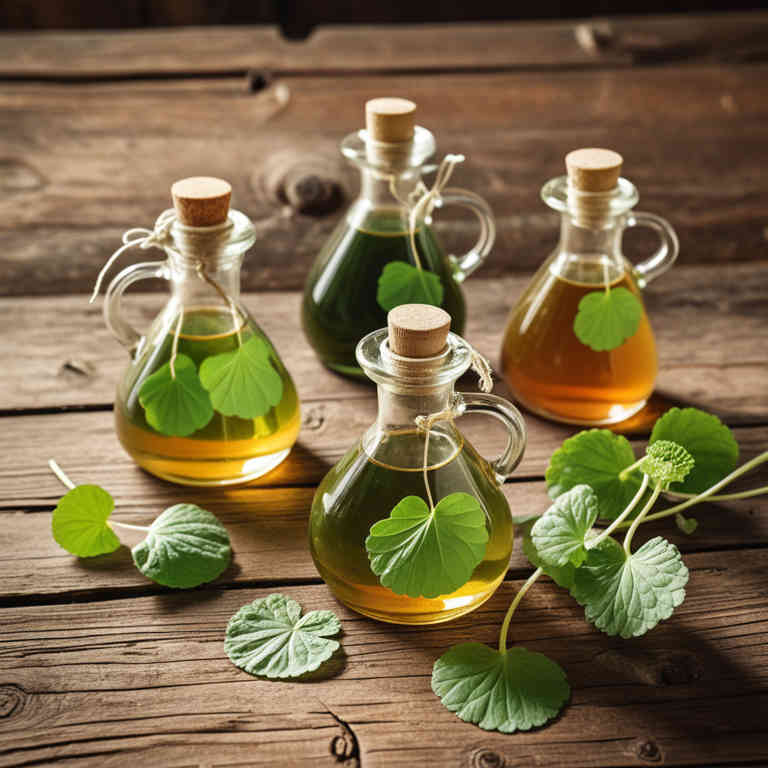
10. Juices
Centella asiatica juices is commonly used to promote wound healing, enhance cognitive function, and support skin health.
It is widely employed in traditional medicine to treat ailments such as ulcers, varicose veins, and neurological disorders like anxiety and depression. The bioactive constituents responsible for its medicinal properties include triterpenoids, particularly asiatic acid, madecassic acid, and asiaticoside, which possess anti-inflammatory, antioxidant, and cell-regenerative effects. Additionally, the juice contains flavonoids and polyphenols that contribute to its therapeutic benefits.
These compounds work synergistically to improve tissue repair and cognitive performance.
